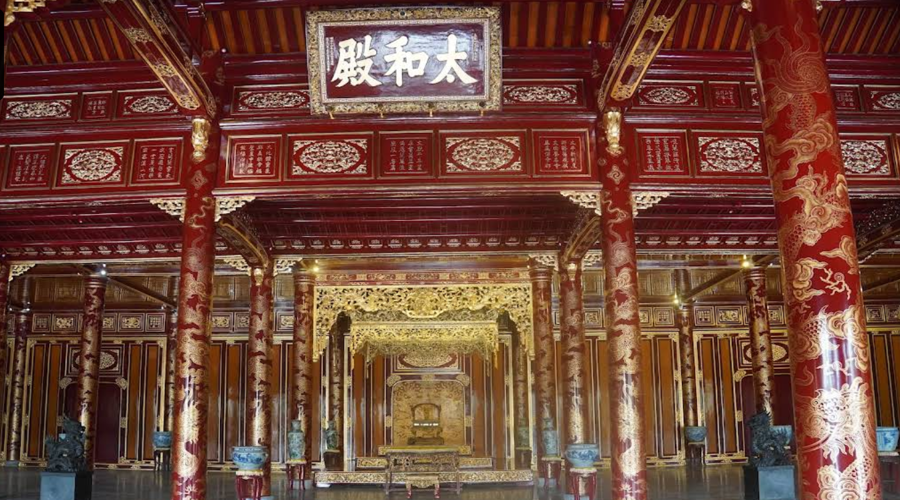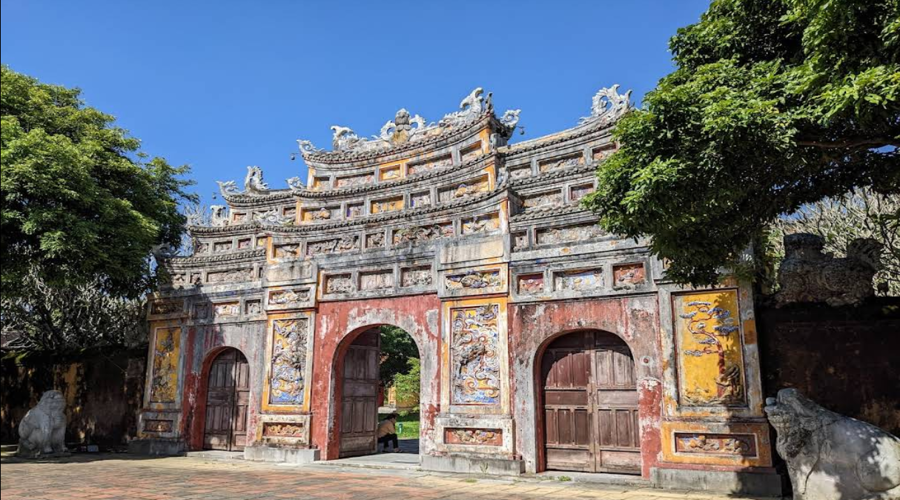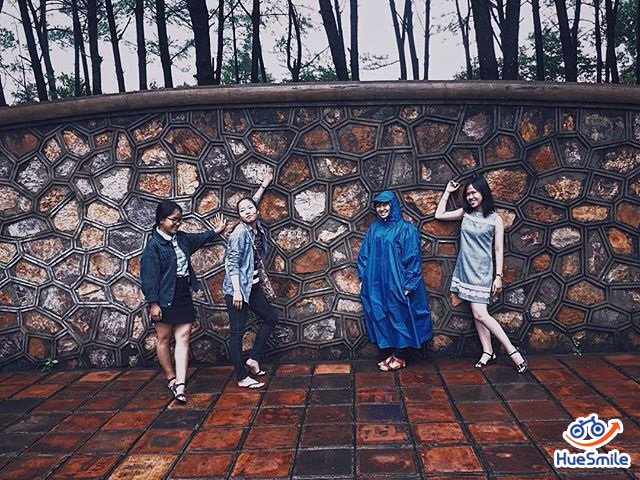
Nestled in the heart of Vietnam, Hue stands as a living testament to the country’s rich imperial heritage. More than just a city, it is a canvas where architectural brilliance, cultural depth, and historical significance converge. During the 19th and early 20th centuries, Hue emerged as the political, cultural, and economic nucleus of Vietnam’s feudal era, crafting an architectural legacy that continues to captivate visitors and historians alike.
Overview

Hue’s royal architecture transcends mere construction – it is a sophisticated dialogue between human design and natural harmony. Each structure tells a story of cosmic balance, philosophical precision, and cultural synthesis.
The creation of Hue’s royal architecture was a collaborative masterpiece. Craftsmen from diverse backgrounds – Vietnamese, Chinese, and Champa – contributed their expertise. French architects during Emperor Gia Long’s reign introduced modernization techniques, further enriching the architectural narrative.

Take the Thái Hòa Palace (Palace of Supreme Harmony), strategically positioned within the Imperial City, embodying profound cosmological principles from the ancient Yijing philosophy.
Key architectural characteristics:
- Blending traditional Vietnamese styles from Ly, Tran, and Le dynasties
- Incorporating quintessential elements of Chinese fine arts
- Integrating modern French architectural techniques
- Prioritizing harmony with natural surroundings
Discover the magnificent world of Hue’s royal architecture with Hue Smile Travel. Immerse yourself in a journey through time, where every stone tells a story of imperial grandeur and cultural sophistication.
Explore. Experience. Be Inspired.














Reviewed by 1 user
Nice Place
recommend to visiting